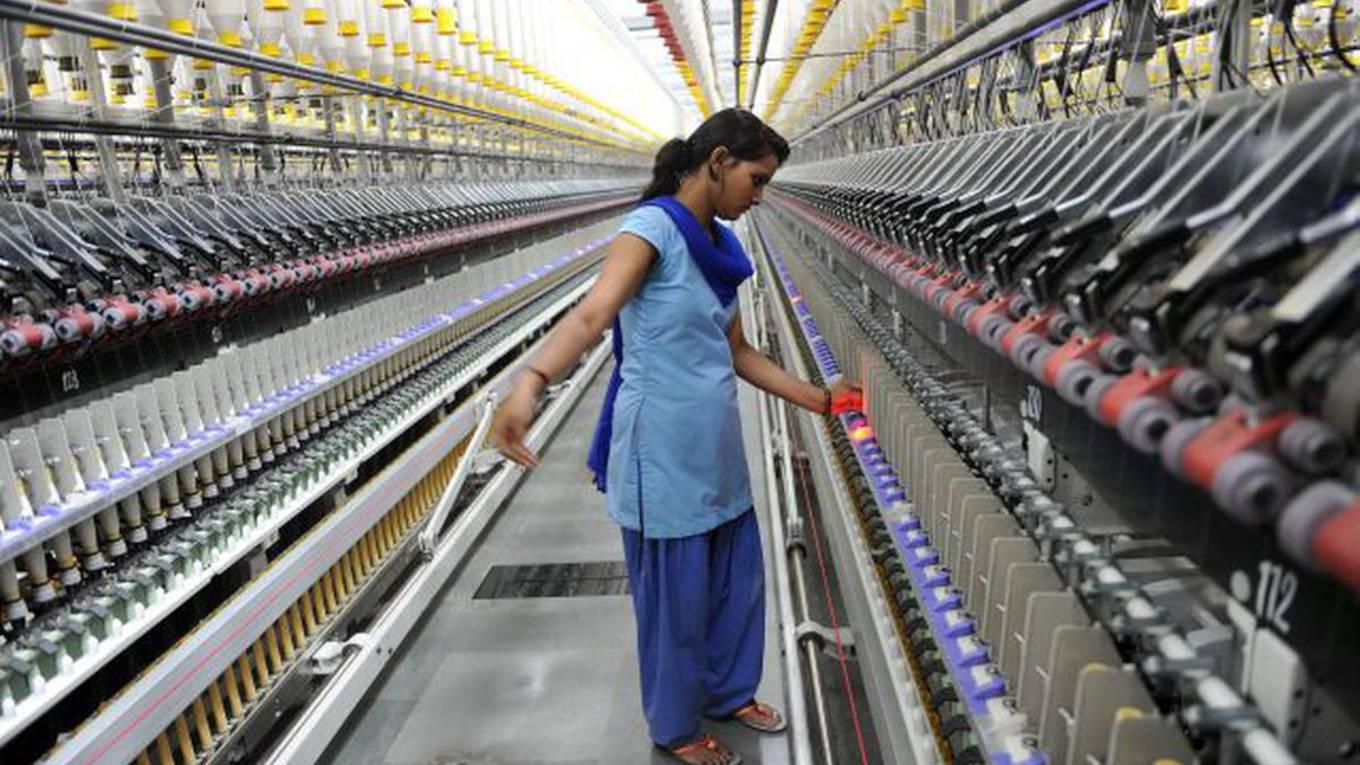
As we approach azadi ka amrut mahotsav, the evolution of the Indian textile sector, from pre-colonial times to today, is an inspiring story, and the entire supply chain has played a critical role in this. India has a rich heritage of textile and, now, we are one of the world’s largest textile producers. Significant contribution With the establishment of the first textile mill in Calcutta in 1818, our country entered the modern era. Thanks to a solid base of raw materials, years of extensive experience and a sizable and expanding domestic market with sufficient labour strength, the textile industry in India is now on the path of profound growth and changing with reforming times. By 2029, it is expected to grow by more than $209 billion. The textile industry today employs about 45 million people directly and over 60 million people indirectly, including rural labourers, with a fair proportion of women. It also offers the second largest employment opportunities to the people after agriculture. Growth and transformation The textile industry has undergone rapid transformation, by developing world-class manufacturing infrastructure, modernising technology to foster innovation, improving skills and utilising the sector’s historical advantages in line with the objective of ensuring inclusive and participatory development in India. The employment to investment ratio in the textile industry is now positive and favourable. Welspun has a direct relationship with farmers and is dedicated to assisting them with agronomic knowledge, improving yields, and obtaining better prices. Our Wel-krishi initiative assists about 16,148 farmers and 85,000 farm workers in 387 villages in growing the most sought-after sustainable kind of cotton. For the benefit of the farming community, such interdependence between farmers and industry must be encouraged. With a clear plan and objectives, we have already implemented proactive changes to our company strategy and operating style to align with the ESG principles. Government support Our nation is making great strides towards reclaiming its dominance in the global textile sector, with the establishment of the production-linked incentive (PLI) scheme, which has an approved budget of Rs10,683 crore over a five-year period and other policy measures. With the combination of PLI, RoSCTL and the structural change in the sourcing strategy of the international retailers, India is well-positioned to establish itself as a reliable and competitive source for textiles on a global scale. Free Trade Agreements (FTAs) would also provide a level playing field for the Indian industry in various markets and significantly enhance the competitiveness of the Indian textile sector. The policy prerogative of entering into FTAs with various countries, including advanced economies, such as the EU nations and the UK is a positive one for the entire industry, including the textiles sector. The increased market access would further complement the efforts to boost domestic manufacturing capacity and help industry players to transform themselves into leading global players.


































